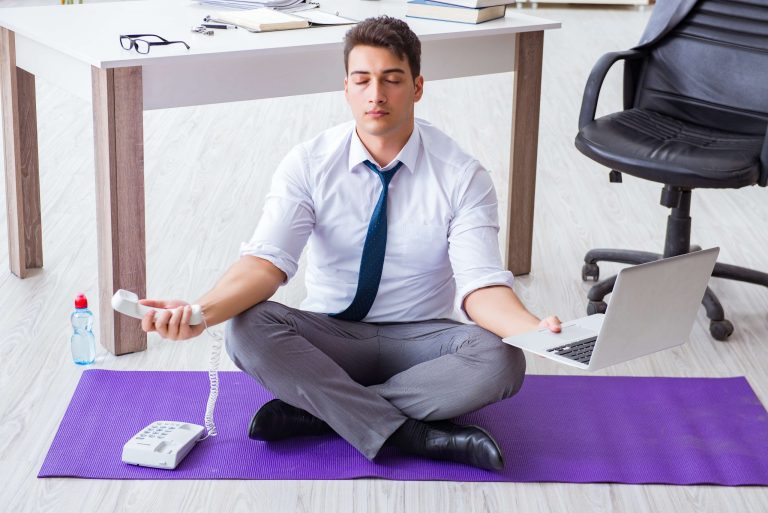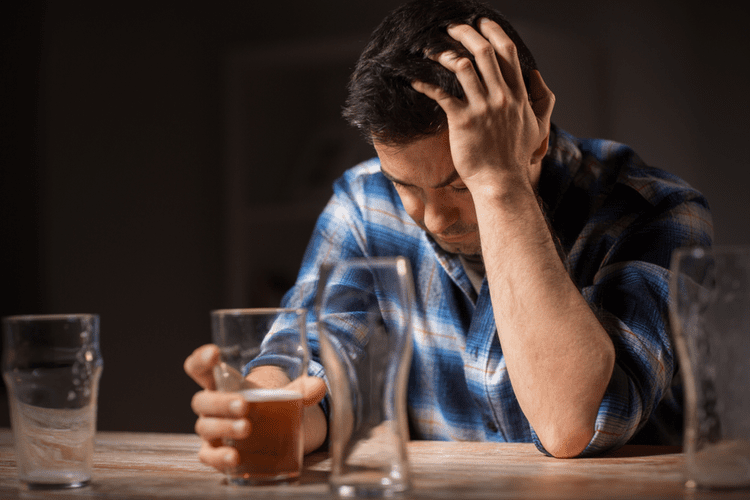A coach or therapist can help you identify unhealthy thinking patterns and habits that promote excessive drinking. They’ll discuss your drinking habits with you, help you set goals, and devise structures to achieve them. If you have persistent insomnia or sleeping problems, it’s best to seek professional help and advice.
Binge/Intoxication Stage: reward, incentive salience, and pathological habits

They can be thoughts, feelings, situations or even places that remind you of drinking, or make you want to use alcohol to feel better or cope. Naltrexone blocks certain receptors in the brain (opioid receptors), which reduces the pleasure a person experiences from drinking alcohol. The type of craving will determine how we should respond to it. We would be best served by consulting a medical or treatment professional and asking for help so we don’t have to rely on self-control alone.
- Considered a brain disorder, AUD can be mild, moderate, or severe.
- This signal is telling you to have a drink, but it’s not controlling you.
- Give us a call today to verify your insurance coverage or to learn more about paying for addiction treatment.
- With practice, the urge can become a signal that it’s time to use an urge coping strategy.
Medical Content Strategist

Despite the widespread availability of alcohol, addressing these cravings what is alcoholism is key for those seeking to regain control of their lives. Cravings typically appear about 3 days after stopping alcohol consumption. The craving sensation is then likely to intensify by about 5 to 7 days after the last drink.
Plan to handle urges to drink.
- Updates regarding government operating status and resumption of normal operations can be found at opm.gov.
- Treatment can be outpatient and/or inpatient and be provided by specialty programs, therapists, and health care providers.
- You may drink to avoid certain feelings, for instance, but you also may drink to enhance certain feelings.
- In other words, wanting to feel good, and wanting to avoid negative consequences.
It takes time, patience, and persistence to put a stop to cravings, but for many people it is possible to end them, or at least greatly reduce them. Below https://ozaibi.com/blog/benzodiazepine-withdrawal-timeline-symptoms-2/ are some key strategies to help you stop craving wine, beer, and any other form of alcohol. Cravings for alcohol are a very common part of recovery from alcohol use disorder.
- Talking to someone who understands what you’re going through can provide encouragement and help you stay motivated.
- One effective way to reduce alcohol cravings is to avoid triggers that may lead to cravings.
- Most individuals with alcohol use disorder experience cravings from time to time.
- These might include not driving past your favorite bar or wine shop, or taking a break from socializing with friends who drink often.
- Theories suggest that for certain people drinking has a different and stronger impact that can lead to alcohol use disorder.
When the brain becomes accustomed to alcohol’s effects on neurotransmitters—chemical messengers like dopamine and GABA—it needs more of it to get the same effect. This forms part of the cycle of alcohol addiction and contributes to the intensity of cravings. Professional help, such as counseling or support groups, can also give us the tools and resources necessary to reduce our alcohol cravings.
Remember, it’s essential for anyone struggling with alcohol use to seek professional help. Different approaches work for different individuals, and a healthcare provider can help tailor a treatment plan that fits the individual’s unique needs. Also, there is medication available that can help manage cravings. These should be used what helps curb alcohol cravings under the direction of a healthcare provider. Developing new, healthy coping mechanisms to replace alcohol is essential for long-term success.
